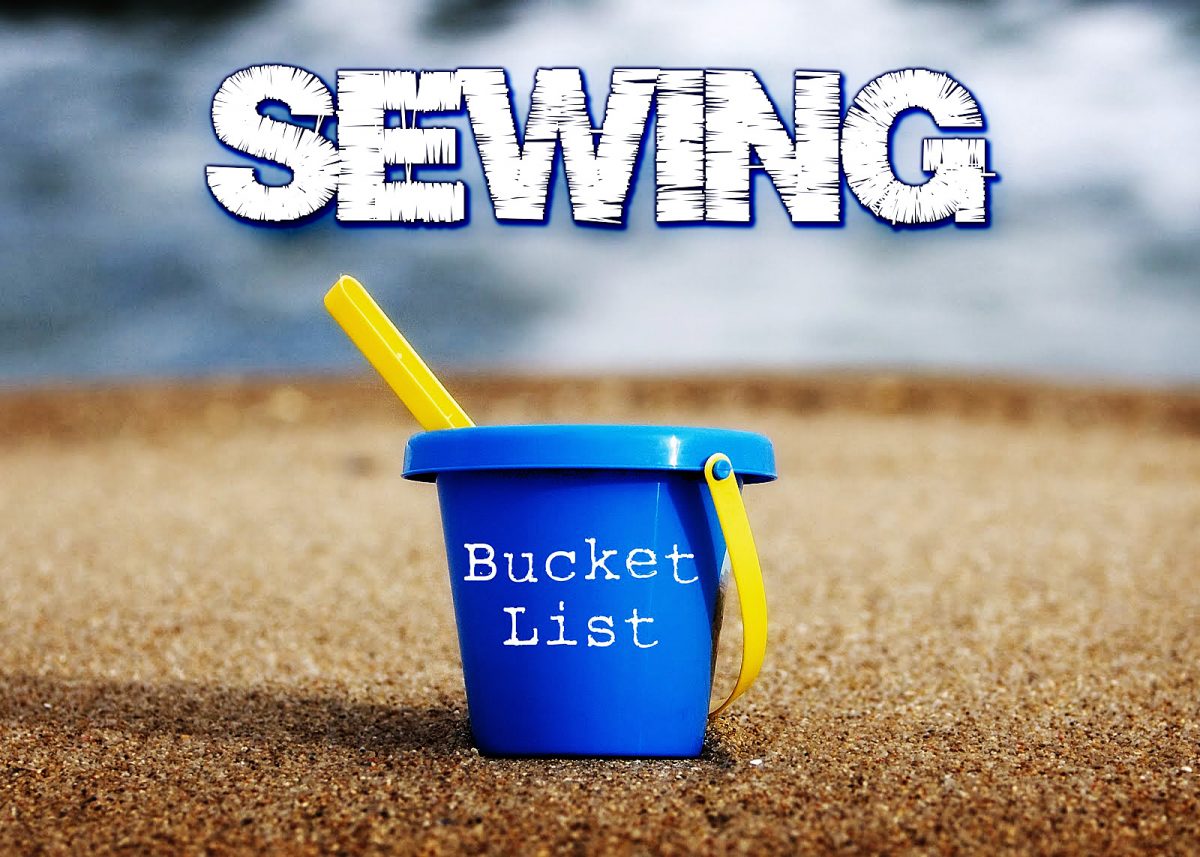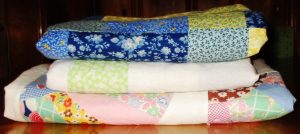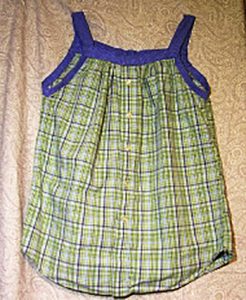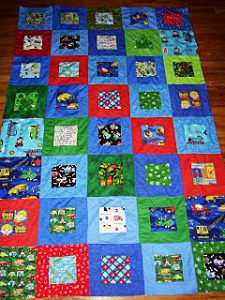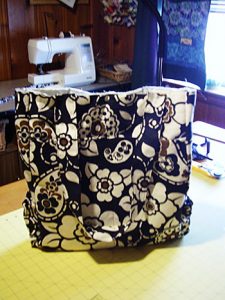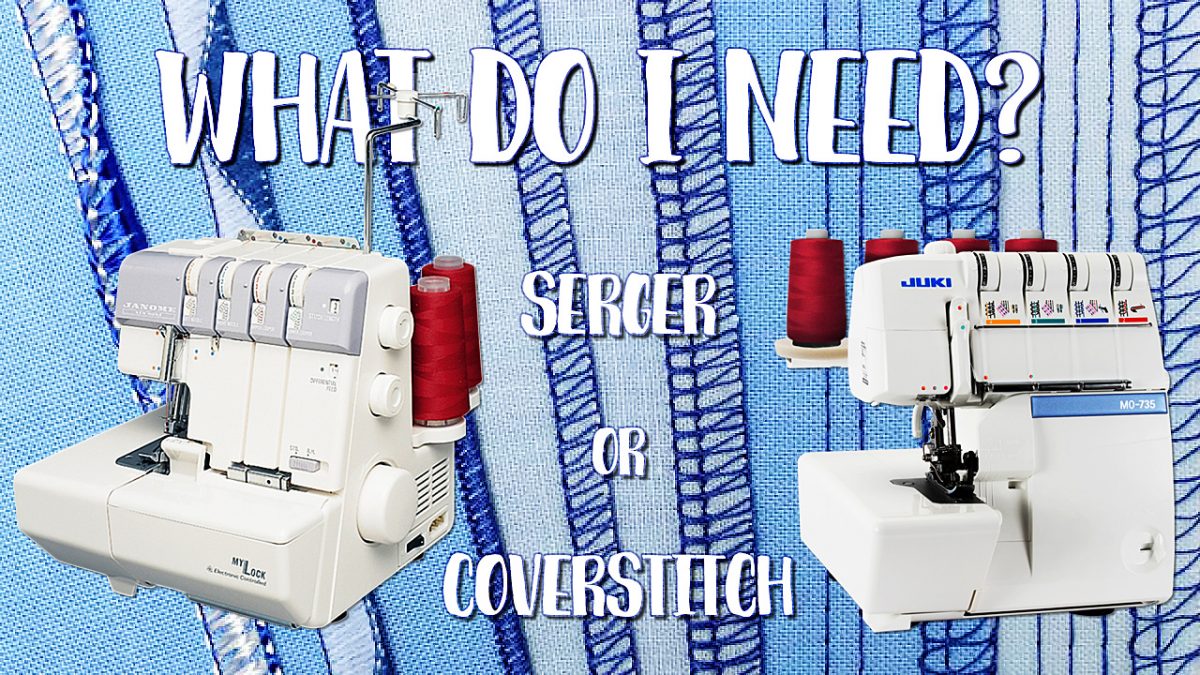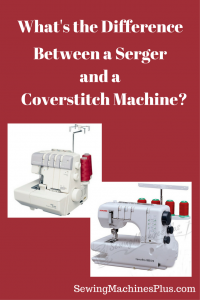Have you made your sewing bucket list yet?
A sewing bucket list is a fun list to make for the New Year, or anytime. I only set one resolution for each New Year, but I invest my list-making enthusiasm into creating a new bucket list of exciting possibilities and things to do each year instead. Here’s my sewing bucket list for this year. Use my categories for your list or just use these to get you thinking of what you want to include on your own sewing bucket list.
52 Project Challenge
This first item could fill a sewing bucket list, as well as help ensure every other item on the list gets checked off. The challenge is to complete a project every week for the year. I have completed this fun challenge several years, but I decided not to do it last year. I missed it, and so I’ll be doing it again this year. Now I recommend you accept this challenge, too; just think how many things we will collectively make if lots of us join in!
Finish UFOs
Are unfinished objects piling up in your project room? I have three quilt tops that need quilting, one of which is an inherited UFO that my husband’s grandmother died before quilting herself. I also have more inherited UFO projects to complete. Hopefully I won’t die anytime soon, but whenever I do, I really do not want to leave any UFOs behind. So I try to stay on top of these, but just now I do have quite a pile to finish before I start too many new projects. What UFOs do you need to complete before another year gets away?
Use up the Fabric Stash
I decided a couple of years ago to let the fabric live at the store, but I still have too much fabric, including scraps, stashed. I’d really like to use it all up to free up some space and not store so much stash. If I can, I’ll like to complete all my projects using stash fabric and not spend money on fabric when I can avoid it this year. This means I can have fun making scrap quilts and patchwork items. Can you use up or at least halve your fabric stash this year?
Sew wardrobe pieces
Thank you, I made it myself.
For my wardrobe this year, I will like to design several new tops, especially for Spring and Summer, from my husband’s large button downs, which I’ll make over to be more feminine. I’d also like to make a colorful new patchwork maxi skirt for the warm seasons. And I need yoga pants; I’ll like to refashion these from my husband’s large T-shirts. What is your closet lacking? If you haven’t started sewing garments yet, make this the year you do. It makes you feel great to be complimented on your clothes and be able to say, “Thank you, I made it myself.”
Add skills
This goes with the previous bullet point, for me. I’ll like to both increase my pattern-making skills, and work with more patterns. I have collected many more patterns than I have found time to make yet. It is time for me to increase my confidence and skills by tackling more challenging patterns with greater design details. I also want to learn machine embroidery and digitizing. What new skills will most help you? Do you need to learn to make buttonholes or want to learn quilting? Learning these new skills might be the most important entries to add to your sewing bucket list.
Make more quilts
Among the quilt blocks I inherited from my great-great grandmother was one odd square that I want to replicate and build on to create a design I have never seen before. I’ll call it Grandmother’s Garden. I’m also very anxious to start on my first landscape quilt design, which I’ve been thinking about and sketching for a while now. I could make a whole separate sewing bucket list just for quilts I want to make. There are a few traditional patterns that I want to play with as well. But first, I want to make a toddler sized I-Spy quilt for my youngest, to match the twin sized version I designed for his brother. I bet your list of quilts to make is long, too.
Christmas in July
Don’t you hate feeling rushed in your Holiday sewing? This year, I want to get a great head start by focusing on Christmas in July. If we do this during both June and July, then we could do craft shows and sell some of our handmade gifts. At the very least, I want to sew quite a few gifts for my giving list, so that I can devote the holidays themselves to festivities and family, rather than risk having any last minute sewing from not being prepared. I’ll like to plan gifts I can handcraft in small batches, and get a Santa’s factory vibe going in my sewing room this Summer, how about you?
Plenty of purses and bags
Santa brought me a beautiful yard of printed duck that I want to turn into a fabulous new tote. I also have been saving a yard of embossed, vegan faux leather for a pretty purse for me. And I need to make myself a new laptop sleeve and a travel case for my ukulele. Purses and bags will be my projects for the 52 project challenge on several different weeks, I bet. I will love to make a new patchwork purse design this year, too. Couldn’t you use a new handbag or two, too?
Home projects
I need to make new un-paper towels. I won’t buy disposable paper towels or products for my busy kitchen, so we heavily use a lot of kitchen cloth. The unpaper towels that I made have been in use for several years now and are starting to look dingy and worn; replacing these will be one of my first projects for this year. How about sewing for your home, do you need new curtains? FYI, pretty pillowcases are a perfect project for both reducing your fabric stash and also super easy winners for the 52 project challenge on otherwise busy weeks.
New machines
I am perfectly happy with my favorite sewing machine and my mechanical model back-up machine, as well as my serger. But I will sure love to expand my capabilities by adding two new machines. First I want to add a Janome Coverpro coverstitch, and then an embroidery machine, to my lineup. I didn’t think these would be in my budget this year, but Sewing Machines Plus‘ offer of financing and monthly payments has me wondering if I can swing these sooner rather than later. I bet you could do cool stuff with a new machine or two, too; which sweet new baby will you most like to add to your collection?
That’s my sewing bucket list; writing it has me excited about all the fun projects I will make this year. What do you want to sew this year? Will you do the 52 project challenge? Have you made a sewing bucket list of your own yet? If not, I encourage you to start one now.

